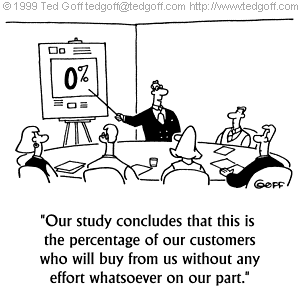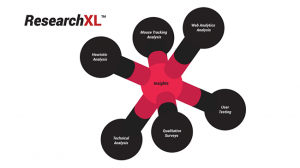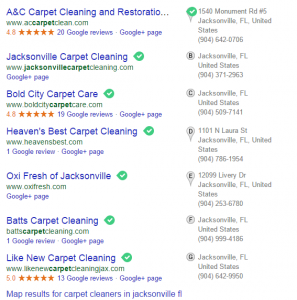
Permission is an integral component of civilized society. Children are taught to ask permission to leave the table. Drivers (most of them, anyway) signal before changing lanes – which communicates intent and requests permission.Permission also plays a critical role in marketing. In this context, it’s closely associated with Seth Godin, who was, if not the first, one of the earliest to study and popularize it. He coined the term “permission marketing,” which was the title of his first (and best-selling) 1999 book.
Almost ten years later, he wrote more about it on his blog: “Permission marketing is the privilege (not the right) of delivering anticipated, personal and relevant messages to people who actually want to get them. Permission marketers understand that when someone chooses to pay attention they are actually paying you with something precious. And there’s no way they can get their attention back if they change their mind. Attention becomes an important asset, something to be valued, not wasted.”
Godin has a specific message about permission for email marketers: “Just because you somehow get my email address doesn’t mean you have permission.”
Asking permission is not only polite, but it’s also good business. As Campaign Monitor puts it: “Businesses that get it right and build permission-based email lists enjoy high open and click-through rates on their campaigns, and are able to drive significant levels of sales and revenue from their email marketing initiatives. Businesses who get it wrong on the other hand, see low open and click-through rates on their email campaigns and miss out on potential sales and revenue.”
And email marketers who fail to get permission face additional pitfalls, says MailChimp. “People who haven’t given you permission are more likely to report your campaigns as spam, and less likely to engage with your campaigns or make purchases. Spam reports can lead to aggressive spam filtering or blacklisting, which makes it impossible for some subscribers to receive any of your campaigns.” Their bottom line: “It’s in your best interest to always secure express permission.”
Permission also has a regulatory aspect. It is one of the foundational aspects of the CAN-SPAM Act, which gives recipients the right to have marketers stop emailing them, and can penalize marketers who fail to do that. Campaigner provides a list of seven ways to ensure you are in compliance with CAN-SPAM Act provisions here.
Types of permission-based marketing
According to Campaign Monitor, there are two types of permission in email marketing: express and implied.
“You have implied permission to email somebody if you have an existing business relationship with them. This could mean they are a current customer, donate to your charity, or are an active member of your website, club or community.”
On the other hand, “If you don’t have implied permission to email a person, then you’ll need express permission to send them campaigns. Express permission is granted when somebody specifically gives you permission to send them email campaigns, likely by entering their email address in a subscribe form on your website, or entering their details into your in-store newsletter subscribe form.”
Obtaining permission
Constant Contact put together a ten-step guide, “How to Get (and keep) Email Permission,” which is available here. In brief, their ten steps are:
Collect email addresses the right way
If you’re adding a new contact to your email list, it’s important that you have consent, either implied or express.
Be straightforward at the point of sign-up
Let consumers know what kind of content they will be receiving from you.
Give people the option to opt-out
Interests may change over time and communications may no longer be valuable to a given subscriber.
Add a permission reminder to your emails
A permission reminder will add credibility and help provide context for your email.
Respect your audience’s privacy
A clearly posted privacy policy adds credibility to your company and your email.
Keep your contacts up to date
Ask for updated information and give subscribers an easy way to change their email address.
Don’t overwhelm your audience
Respect the privilege of communicating with your customers and prospects by taking care not to communicate too often.
Be diligent
Monitor your inbox for unsubscribes and complaints, then make sure you remove unsubscribe addresses right away and take action on any grievances.
Watch your reports
Always pay attention to your unsubscribe rate — if you are losing more than .5% of your subscribers per month, you need to make adjustments.
Never buy or rent a list
Subscribers want to receive email from those companies they have subscribed to, not an unknown third party.
Let’s give the last words to the man who wrote the first words about permission marketing, Seth Godin: “Earning permission is a long-term, profitable, scalable strategy that pays for itself.”
Digital & Social Articles on Business 2 Community(74)
Report Post






